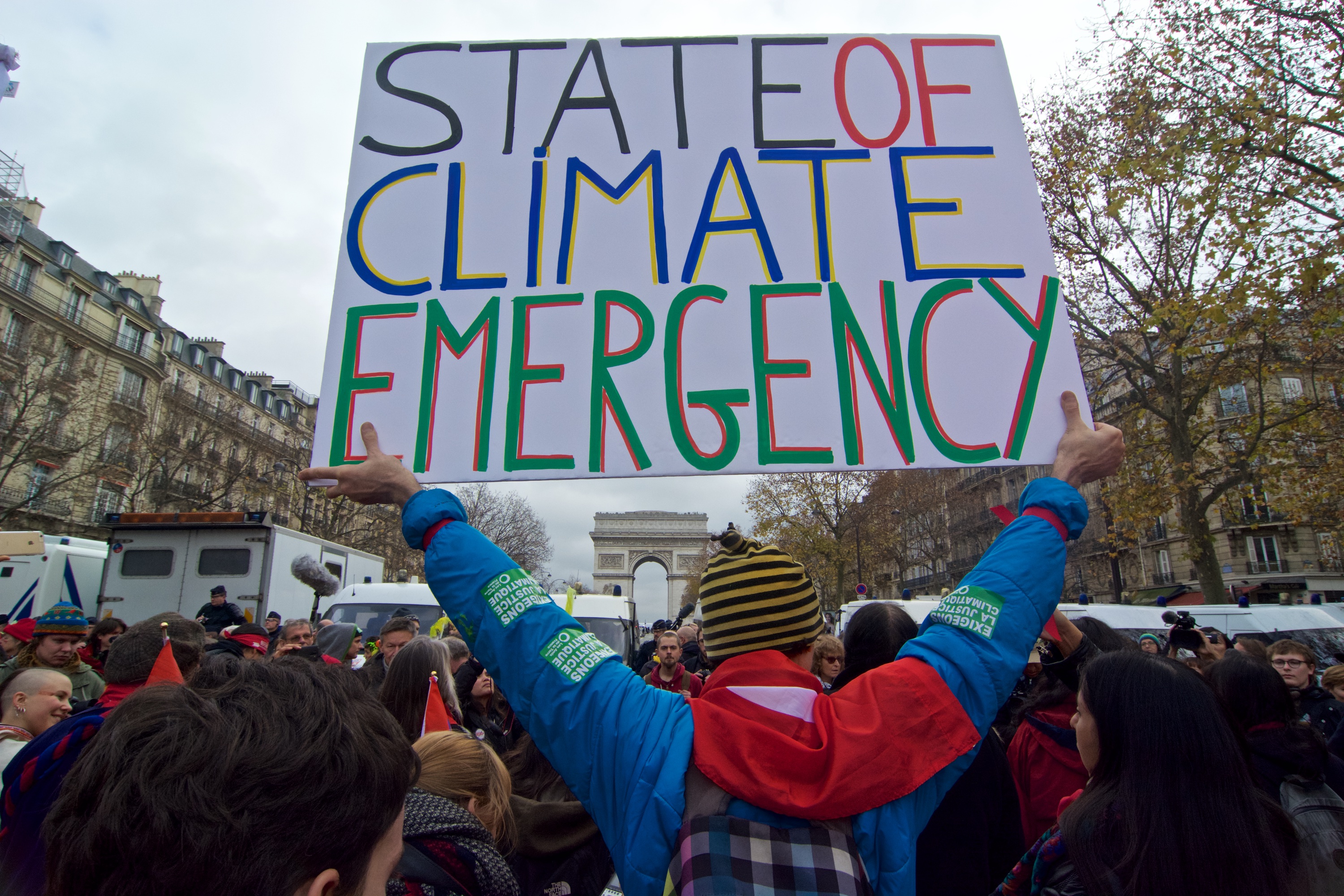Idea to spray atmosphere with sun-dimming chemicals met with skepticism

November 27th, 2018
Spraying sun-dimming chemicals into the atmosphere may tackle climate change, a new study has argued.
The study carried out by scientists at Harvard and Yale proposes the use of a technique known as stratospheric aerosol injection that they say could cut the pace of global warming in half.
The method involves spraying large amounts of sulphate into the earth’s lower stratosphere at altitudes as high as 12 miles.
The sulphate can be delivered into the higher atmosphere by especially-designed high altitude aircraft, balloons or large naval-style guns, the scientists suggest.
No aircraft can currently travel to altitudes as high as proposed in the study. However, researchers believe that such technology would “neither be technologically difficult nor expensive” to develop.
They estimate that a high altitude delivery machine would cost around €3 billion, with a running cost of just under €2 billion over a 15-year period.
While recognising that their idea is “both highly uncertain and ambitious”, the scientists believe that it is still “technically possible from an engineering perspective”.
They also confirmed that this technique would not be without risk as aerosol injections into the stratosphere may hamper coordination between multiple countries in both hemispheres.
Such techniques may also jeopardise crop yields and stimulate drought or extreme weather conditions, researchers said.
Speaking to CNN, Philippe Thalmann of the École Polytechnique Fédérale de Lausanne, an expert in climate change, said he was not optimistic about the technique.
“From the point of view of climate economists, solar radiation management is still a much worse solution than greenhouse gas emissions: more costly and much more risky over the long run,” he told CNN.
David Archer of the Department of Geophysical Science at the University of Chicago also told CNN that such solutions are temporary and won’t address the underlying causes of climate change.
“The problem with engineering climate in this way is that it’s only a temporary Band-Aid covering a problem that will persist essentially forever actually, hundreds of thousands of years for fossil fuel CO2 to finally go away naturally,” he said.
“It will be tempting to continue to procrastinate on cleaning up our energy system, but we’d be leaving the planet on a form of life-support. If a future generation failed to pay their climate bill they would get all of our warming all at once.”
[x_author title=”About the Author”]






